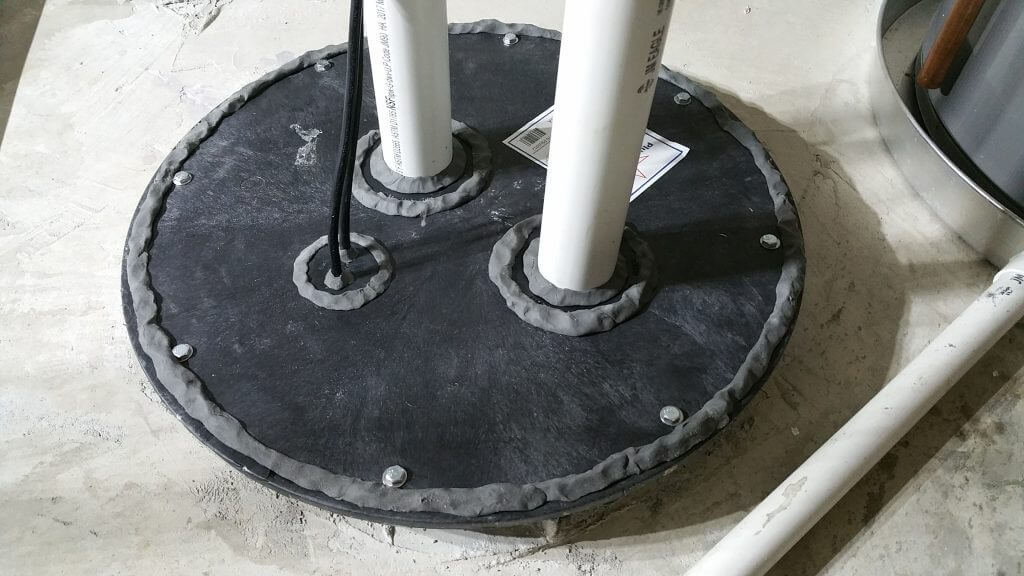

Normally the pump runs for 10 seconds and then stops (after the float switch detects that the fluid level has dropped sufficiently).

#EJECTOR PUMP FOR BASEMENT INSTALL#
Here at Hoerner Heating & Plumbing, we have the technicians, the tools and equipment to successfully install a sewer ejector pump on your property. The sewage collects in a pit with an ejector pump and is then pumped up to a pipe which feeds into the main sewage pipe that goes out of the house (see diagram). The power of the ejector pump must be carefully considered, ideally by a plumbing technician. A properly installed sewage ejector pump system is sealed to prevent waste or smells from seeping out of the top of the basin. The outlet pipe that connects to the three-inch main sewer line is usually two inches in diameter. The sewage ejector pump vent runs from the sump pit and either runs up through the roof, or it can be connected to an existing vent stack. The float will drop down as the level in the basin reduces, and the pump will turn off.Ī sewage ejector pump installation requires a vent in order to equalize the pumping pressure and to serve as an outlet for gasses from the sewer. However, unlike sump basins, an ejector basin collects wastewater from the. When the sump basement level reaches a certain level, the movable float will start the pump and pump the waste out of the basin and to the septic or sewer line. Like sump pumps, ejector pumps have a basin installed under your basement floor. An ejector pump looks quite similar to a sump pump and is also installed in the lowest portion of a basement or crawlspace. The sump basin can collect up to thirty gallons of waste which flow into it from the sloped drain lines in the home. In fact, they operate exactly like a groundwater sump pump, except it pumps out sewage and not ground water. Sewage ejector pumps should be installed in the sump basin below grade. Not all basements require sewage ejector pumps, however, when the sewer lines running to the municipal sewer on the street are higher than that of the fixture inside the home, the ejector pump can help move waste to the sewer to ensure the proper flow inside the sewer line. Drain wastewater uses gravity to eject it from the house, and in these instances, the pump-up ejector elevates the wastewater to ensure it flows properly. Hoerner Heating & Plumbing has been working with developers on new home designs and on retrofitting existing homes with pump-up ejector systems.Īlso known as pump-up ejector systems, these devices are installed when plumbing fixtures in basement bathrooms or laundry rooms are located below the septic line or main sewer that flows from the house. With modern home designs, and the advancement of plumbing technology, we have been seeing an increase in sewage ejector pump installations. Sewage Ejector Pump - For split level or downstairs plumbing fixtures


 0 kommentar(er)
0 kommentar(er)
